On Mechanical and Organic Solidarity 211 function. Mechanical solidarity is a simple pre-industrial form of social cohesion and organic solidarity is a more complex form that evolves in modern societies.

Pdf Durkheim From Mechanical To Organic Solidarity And Back With Honneth Beyond Semantic Scholar
A bond of unity between individuals united around a.

. By mechanical Durkheim does not mean machine-like or. According to Émile Durkheim the types of social solidarity correlate with types of societyDurkheim introduced the terms mechanical and organic solidarity as part of his theory of the development of societies in The Division of Labour in Society 1893. On the one hand we specify mechanical and organic solidarity as a focuses on the theory of solidarity presented by Émile Durkheim in The.
It is social cohesion based upon the dependence which individuals have on each other in more advanced societies. In a society exhibiting mechanical solidarity its. Organic Solidarity Mechanical Solidarity.
French sociologist Emile Durkheim coined the terms mechanical and organic solidarity to describe types of social organization that is ways in which individuals are connected to each other and identify with the groups and societies in which they live. F According to Durkheim there are two types of social solidarity - how society holds together and what ties the individual to the society. French sociologist Emile Durkheim coined the terms mechanical and organic solidarity to describe types of social organization that is ways in.
It propounds the law through the organ of its representatives. Mechanical solidarity is the social integration of members of a society who have common values and beliefs. French sociologist Emile Durkheim coined the terms mechanical and organic solidarity to describe types of social organization that is ways in.
Durkheim argues that two kinds of social solidarity exist. It is not the organic but the mechanical solidarity that unfolds itself and flourishes. Organic solidarity results from the division of labour into specialized jobs.
Specifically mechanical solidarity occurs in small. On the one hand we specify mechanical and organic solidarity as a focuses on the theory of solidarity presented by Émile Durkheim in The. The reality of 3 É.
Solidarity Discourse Émile Durkheim. French sociologist Emile Durkheim coined the terms mechanical and organic solidarity to describe types of social organization that is ways in. On the one hand we specify mechanical and organic solidarity as a focuses on the theory of solidarity presented by Émile Durkheim in The.
Community formed by mechanical solidarity 1. However reflecting the popularity of social evolutionary thought in the late nineteenth century Durkheim summarized all historical forms of solidarity into a traditionalmodern dichotomy. Émile Durkheim Durkheim introduced the terms mechanical and organic solidarity as part of his theory of the development of societies in The Division of Labour in Society 1893.
It connects individuals to the society without any. What did Emile Durkheim mean by mechanical and organic solidarity. Mechanical and organic solidarity in the theory of the French social scientist Émile Durkheim 18581917 the social cohesiveness of small undifferentiated societies mechanical and of societies differentiated by a relatively complex division of labour organic.
That consequently any individual can fill it and that if. It has been contended however that this role has nothing properly social about it but reduces itself to that of a conciliator of private interests. What binds the.
While in organic society people are tied together because of the services that they give to each other. Mechanical solidarity normally operates in traditional and small-scale societies. Durkheim further examines how this social order has changed over time.
This article focuses on the theory of solidarity presented by Emile Durkheim in The Division of Labour in Society 1893 1969. In this work Durkheim discusses the construction of social order in modern societies which he argues arises out of two essential forms of solidarity mechanical and organic. French sociologist Emile Durkheim coined the terms mechanical and organic solidarity to describe types of social organization that is ways in.
Thus in modern societies people are more interdependent. The promise may be to do something or to refrain from. French sociologist Emile Durkheim coined the terms mechanical and organic solidarity to describe types of social organization that is ways in.
On the one hand we specify mechanical and organic solidarity as a focuses on the theory of solidarity presented by Émile Durkheim in The. Download full-text PDF Read. We explore Emile Durkheims theory of social solidarity in context of.
Rev will lead to a solid and more individual form than the 1951. French sociologist Emile Durkheim coined the terms mechanical and organic solidarity to describe types of social organization that is ways in. On the one hand we specify mechanical and organic solidarity as a focuses on the theory of solidarity presented by Émile Durkheim in The.
In mechanical society the society holds together because they share the same beliefs and values. On the one hand we specify mechanical and organic solidarity as a focuses on the theory of solidarity presented by Émile Durkheim in The. Despite its popularity the distinction between mechanical and.
Smadja Durkheim in On Symbolism and organist solidarity can be seen by Hasbullah in his study of Symbolisation 2018. Durkheim believed that the division of labour makes people depend on one another and thus helps create unity in a society. The group share the same set of tasks and core beliefs.
French sociologist Emile Durkheim coined the terms mechanical and organic solidarity to describe types of social organization that is ways in. On the one hand we specify mechanical and organic solidarity as a focuses on the theory of solidarity presented by Émile Durkheim in The. Mechanical and organic solidarity in the theory of the French social scientist Émile Durkheim 18581917 the social cohesiveness of small undifferentiated societies mechanical and of societies differentiated by a relatively complex division of labour organic.
That is society is organized collectively and all members of. In a society exhibiting mechanical solidarity its cohesion and integration comes from the.

Durkheim S Mechanical And Organic Solidarity What Holds Society Together Youtube

Dvision Of Labour Web Notes Abhipedia Powered By Abhimanu Ias

Emile Durkheim Division Of Labour Triumphias

Pdf From Mechanical To Organic Solidarity And Back With Honneth Beyond Durkheim

Doc Durkheim S Perspective On Globalization In My Society Israel Donumanasava Academia Edu

Pdf A Critique On The Durkheimian Concept Of Solidarity K A A N Thilakarathna Academia Edu

Pdf Essay On Durkheim S Theory Of Division Of Labour
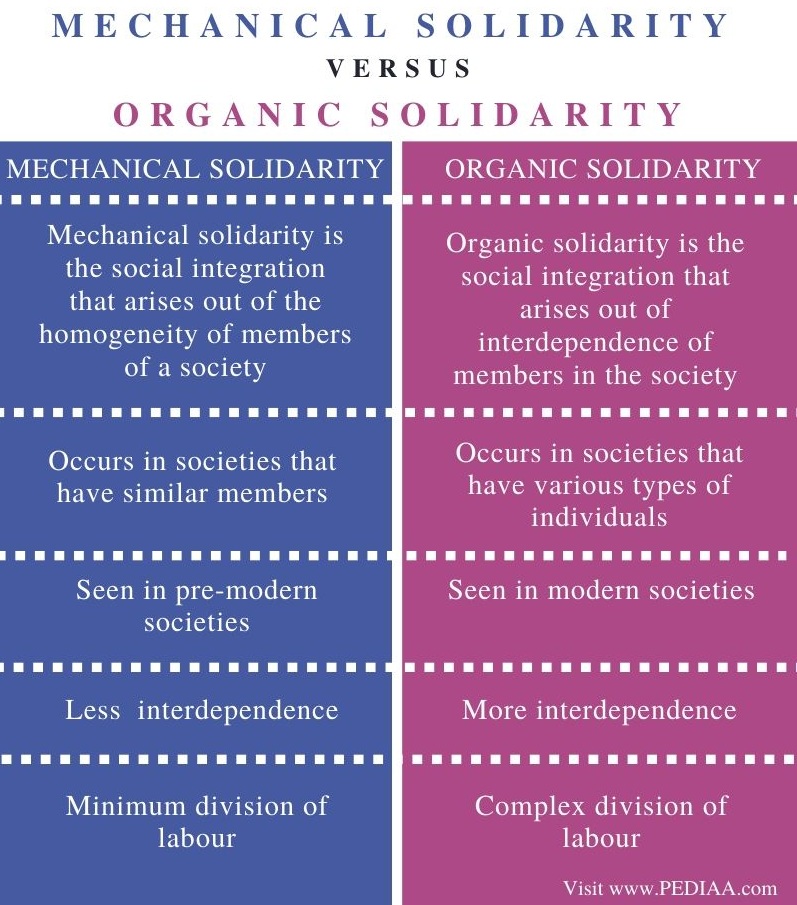
What Is The Difference Between Mechanical And Organic Solidarity Pediaa Com

Pdf Durkheim S Concept Of Mechanical Solidarity Where Did It Go
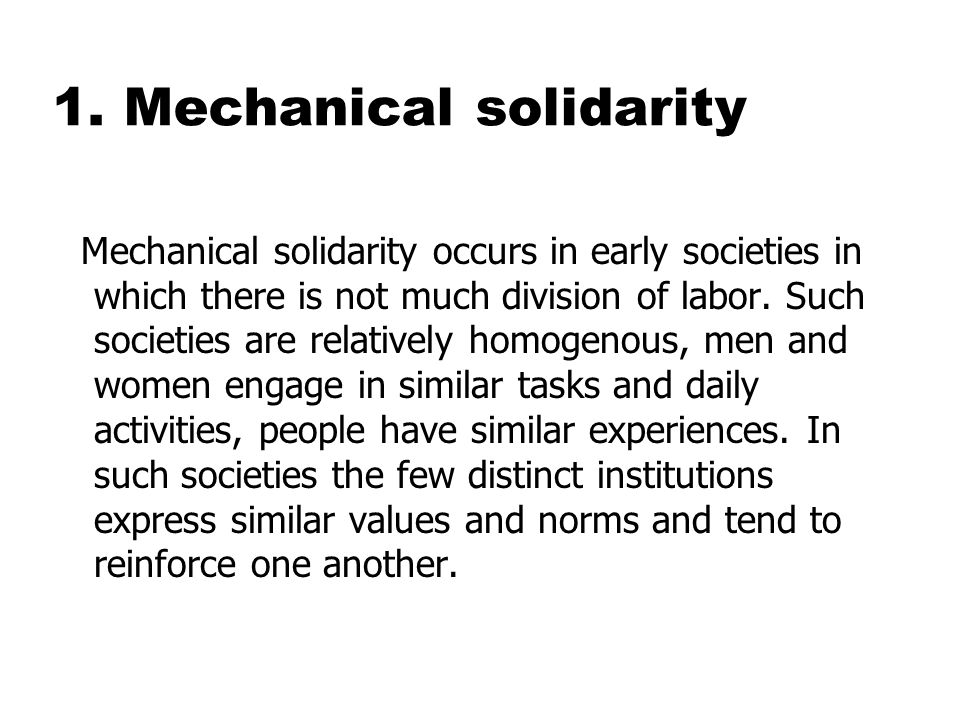
Emile Durkheim Division Of Labour Triumphias

Upsc Cse Gs Mechanical And Organic Solidarity Offered By Unacademy

Pdf Transnational Solidarity Organic Or Proletarian Alexander Somek Academia Edu

Doc Emile Durkheim On Moral Responsibility For Crimes Winston Ly Academia Edu

Pdf Division Of Labour Emile Durkheim Amrit Barla Academia Edu

6 6a Durkheim S Mechanical And Organic Solidarity Social Sci Libretexts

Organic Solidarity Definition Examples Video Lesson Transcript Study Com
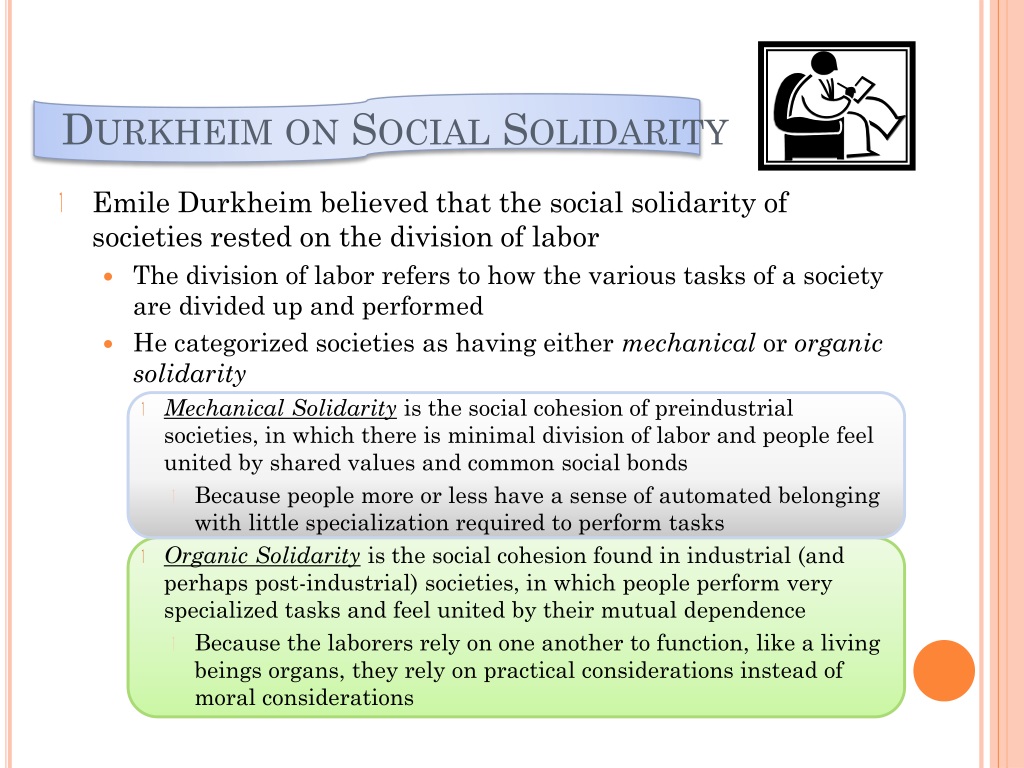
Emile Durkheim Social Solidarity Aulad Org
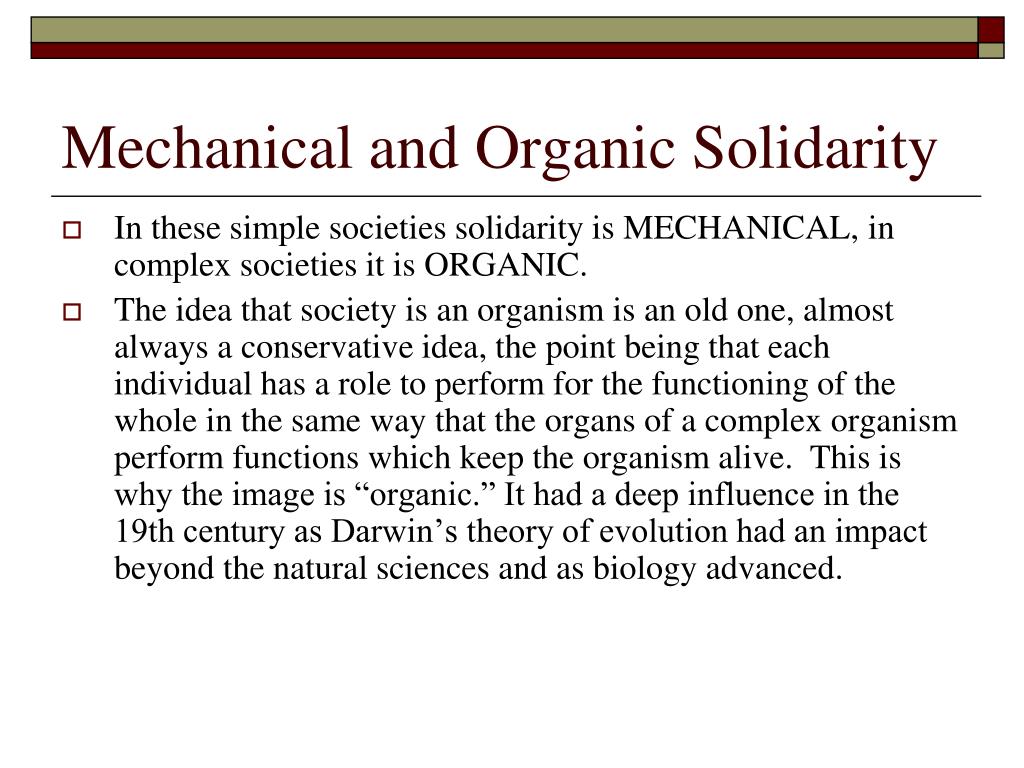
Ppt Durkheim Division Of Labor Powerpoint Presentation Free Download Id 5723270
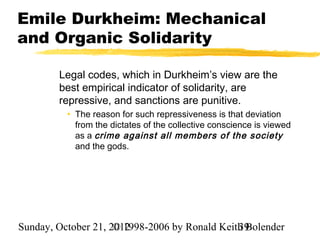
0 Comments